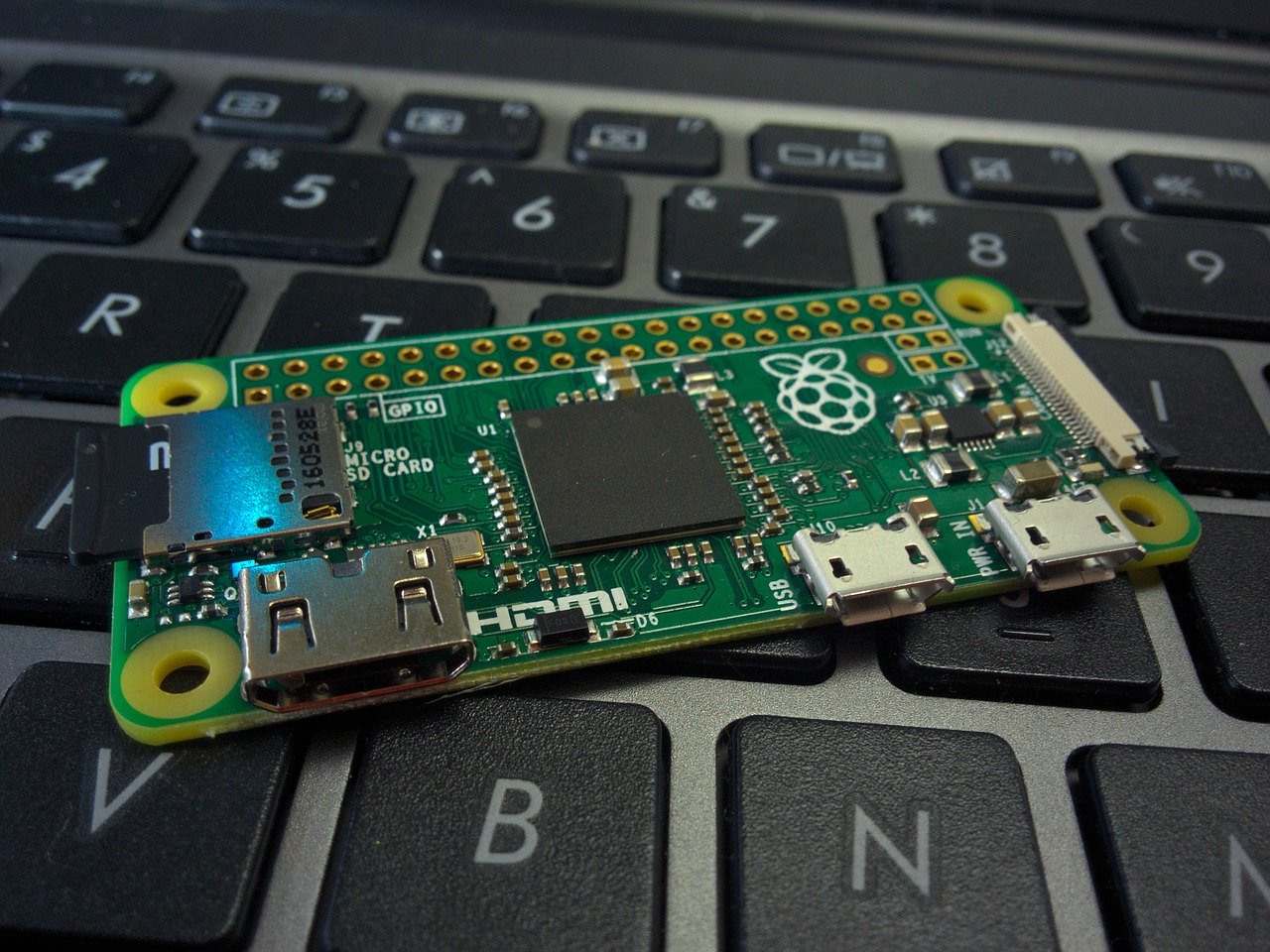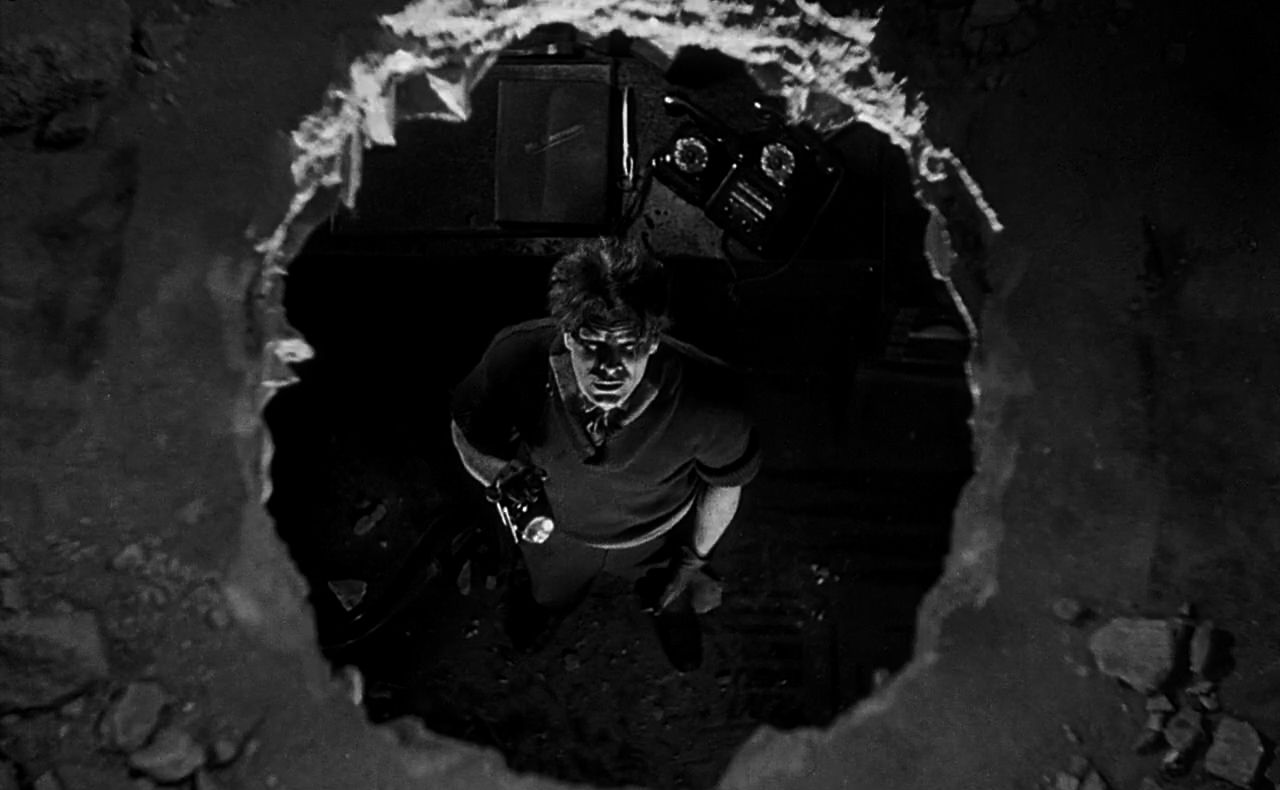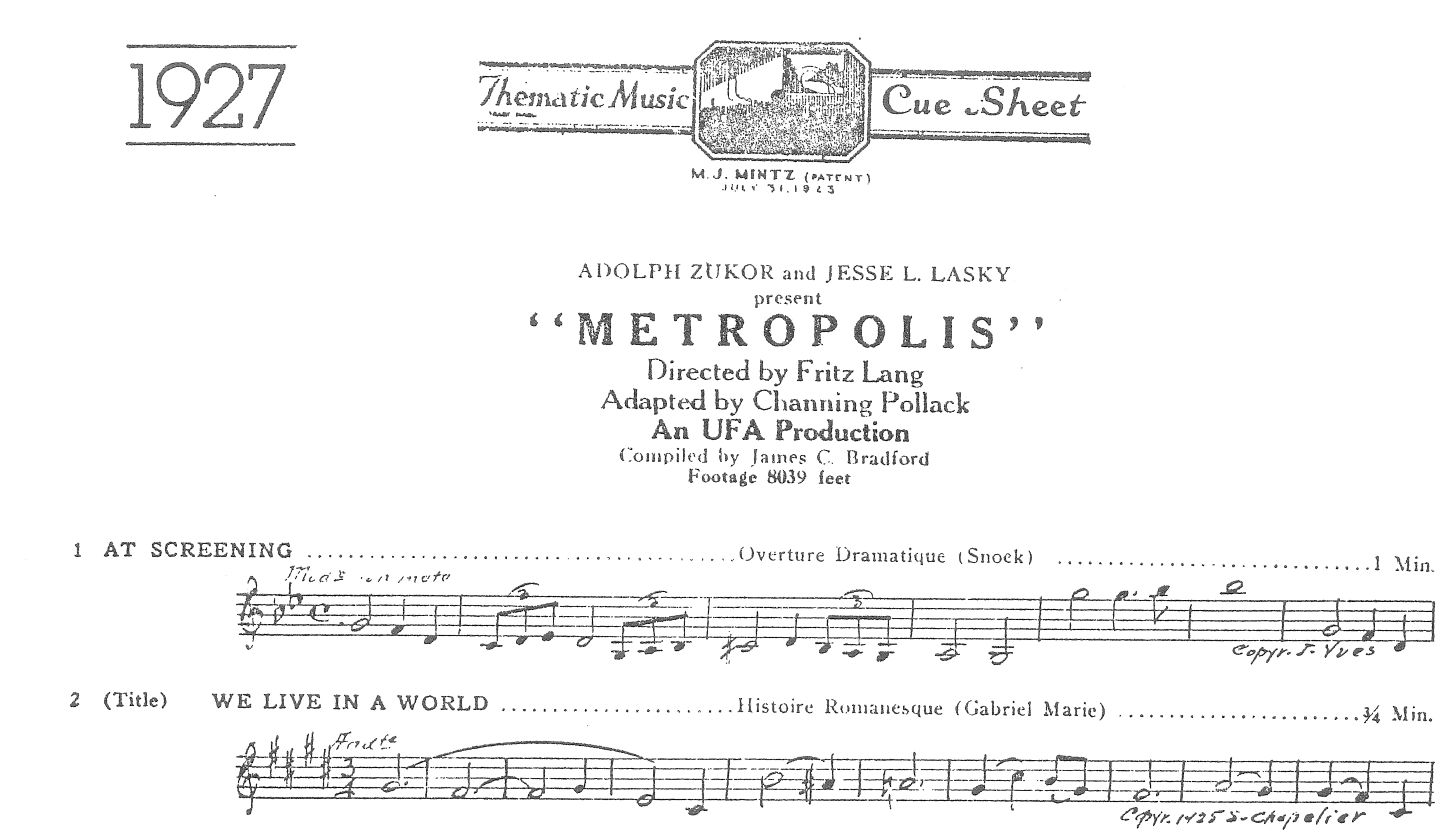If you were raised during 80 and/or 90 decades of XX century you surely remember those 8 and 16-bit computers like Atari or Commodore. Generation of today's thirty- and fourty-yer-olds, maybe driven by nostalgia, still enjoys playing oldschool games and using classic computers. Furthermore, new games are still developed for these systems, so there still is a need for new in-game music. In this post I would like to show you how music for classic computers and consoles were made and how to use score2tracker – python script that I made, to make the creative process easier for modern composers. If you are already familiar with concept of MOD and tracker, you can skip to the last part.
Before first composition and music creation programs were invited – music and sound effects had to be coded in programming languages. So composer should consider things like hardware limitation and coder should be familiar with fundamentals of music theory. Things began to change in 1987, when program called Ultimate Soundtracker were released for Amiga computers. This was probably very first software that allowed user to focus on sampling and writing music without thinking too much about technical aspect.
It is worth to mention that Atari ST computers were already available by then. Due to built in MIDI interface, Atari computers were popular among musicians and first version of popular DAW: Cubase by Steinberg showed up in 1989 for Atari, PC and Mac computers. Atari ST were used in recording studios but it’s capabilities were not very useful in game development. Due to memory limitations it wasn't really possible to use phonographic productions inside games.
Creators of Ultimate Soundtracker and later music tracking software invented interesting file format – MOD. MOD files are very similar to MIDI files. Like MIDI, they contain informations about which note and when should be played, but what is superior – sampled sounds are also stored inside file. Samples are small (8-bit only), so song files are way smaller than typical music files. What’s more, thanks to samples MOD files can sound relatively nice, and again - they are small, so they can be used inside video games.
In late 80. and early 90. MOD format and music trackers were awesome invention. Composer could just run the program, type in the notes in separate channels, then assign sound sample and effect for each note. Structure of composition was represented by note names, octave numbers, sample numbers and fx numbers in vertical columns. Each column represented one channel (in classic format four columns represented four channels of Amiga soundchip) and channel is not identical concept to music track or staff. However, there were no option to distinguish rhythmic values of notes and there were no such thing as rest – composer had to use effects for cutting off sound and manipulate the distance between notes, that’s why tracker software can be inconvenient for composers who are used to work with modern score-writing or DAW software.
So, if you have tried to work with tracker and compose chiptune with this oldschool interface, it’s posible that you are sick and tired of thinking about where to put each next note. I should say that I never liked the concept of music-tracker interface. I wanted to create a toolchain that would allow me to work on chiptunes with modern software. So I thought that I could write a script for analysing music score and building tracker patterns.
There is so many music programs designed for composers, each of them uses its own file format. I decided to use MusicXML standard as “bridge“ between almost any modern music software and MOD format. You can export MusicXML from every major score-writing program. Also, many DAWs are supporting this as output format, you can even convert midi files to MusicXML. I wrote script in Python that takes MusicXML file as an input and saves note structure in classic MOD file format. However, there is one thing that user should consider – classic MOD files are limited in lenght, so there may be needed to split or cut larger scores. But score2tracker can also output simple visualizations for even larger files and it can save visualized note structure in text file, making it easy to type score in tracker.
Score2tracker is free and it’s available on GitHub, where you can download it and find detailed instructions about how to use.

If you can think of any particular style, instrumentation or arrangement that would fit to your project - I can do it for you. Sky is the limit. Just share your idea I'll create your desired soundtrack.
But if you prefer to stay focused on other aspects, you can show me your project, no matter if it is a film, spectacle or video game, you can show me our project and I'll come up with something exclusively for you.
I can provide you either score sheets or complete, mixed and mastered recordings. Nowadays composer can create big projects only with computer and samples but sometimes real instruments are better solution. You can decide what will be recorded and ho it will be done.
 Making music in terminal
How far can we go with digital minimalism? Can we make music on cheapest computer?
Making music in terminal
How far can we go with digital minimalism? Can we make music on cheapest computer?
 Leitmotif in film scoring
What are leitmotifs? Why are they great way to create a memorable soundtrack?
Leitmotif in film scoring
What are leitmotifs? Why are they great way to create a memorable soundtrack?
 What are cue sheets?
Cue sheet makes it easier to prepare a good soundtrack. Let's see how it looks and what its history is.
What are cue sheets?
Cue sheet makes it easier to prepare a good soundtrack. Let's see how it looks and what its history is.